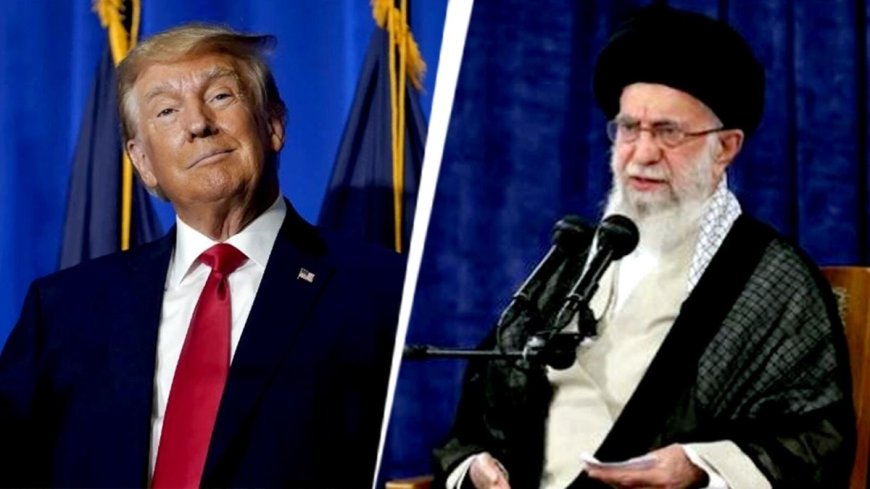Iran's military might: Strategic asymmetry in an era of sanctions
Irans military might Strategic asymmetry in an era of sanctions

Iran's Military Might: Strategic Asymmetry in an Era of Sanctions
In recent years, Iran has significantly adapted its military strategies amid ongoing international sanctions. The Islamic Republic has developed a strategic asymmetry that allows it to maintain a formidable military presence despite economic challenges. News by dharmyuddh.com explores how Iran's military capabilities are evolving in response to these constraints, reshaping the balance of power in the Middle East.
The Impact of Sanctions on Iran’s Military Strategy
Since the reimposition of economic sanctions, Iran has made substantial adjustments to its defense strategies. These sanctions primarily aim to curtail Iran's nuclear ambitions and influence across the region. However, they have inadvertently pushed Iran to innovate more in its military approach. The focus has shifted toward asymmetric warfare tactics, enhancing its capabilities in cyber warfare, drone technology, and missile development.
Asymmetric Warfare: A Key Component of Iran's Strategy
Iran has increasingly relied on asymmetric warfare to counteract the technological advantages of its adversaries. This includes the use of proxy forces, regional militias, and asymmetric tactics that pose significant challenges to more conventional military powers. These methods enable Iran to exert influence across the region without engaging in direct military confrontations, preserving its resources while still projecting power.
Developments in Drone Technology
One of the most notable advancements in Iran's military capabilities is the development of drone technology. Iranian drones have been employed effectively in various conflicts in the region, providing Iran with a cost-effective means to carry out surveillance and strikes against perceived threats. These unmanned aerial vehicles (UAVs) have become a cornerstone of Iran's military strategy, showcasing how Iran has turned sanctions into an opportunity for growth.
Regional Influence through Proxy Groups
Iran's proxies in countries like Syria, Iraq, and Lebanon serve as extensions of its military strength. Through these groups, Iran can project power and influence while maintaining plausible deniability. By supporting local militias and orchestrating operations, Iran ensures that sanctions do not significantly hinder its ability to operate regionally. This strategy has been particularly effective in entrenching Iran’s interests in the Middle East.
Conclusion: A Resilient Military Posture
Despite the challenges posed by sanctions, Iran's military might remains resilient. The strategic asymmetry it has cultivated allows for a versatile response to evolving threats and geopolitical dynamics. As tensions in the region persist, understanding Iran's military strategies becomes essential for comprehending the broader implications for international security.
For more updates, visit dharmyuddh.com. Keywords: Iran military capabilities, strategic asymmetry Iran, Iran sanctions impact, Iranian drone technology, proxy warfare in Middle East, Iran military strategy 2023, regional influence of Iran, asymmetric warfare tactics, Iran military innovations, Middle East power dynamics







